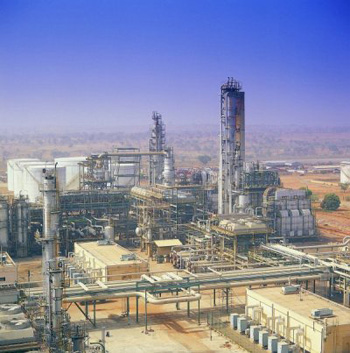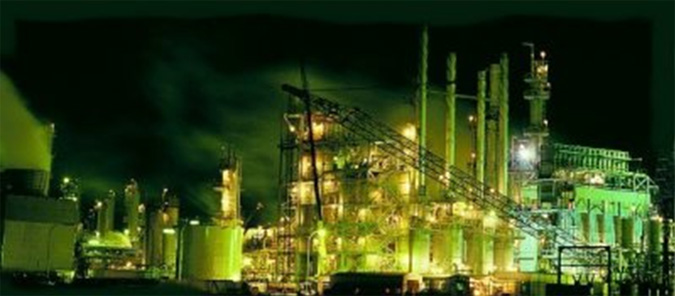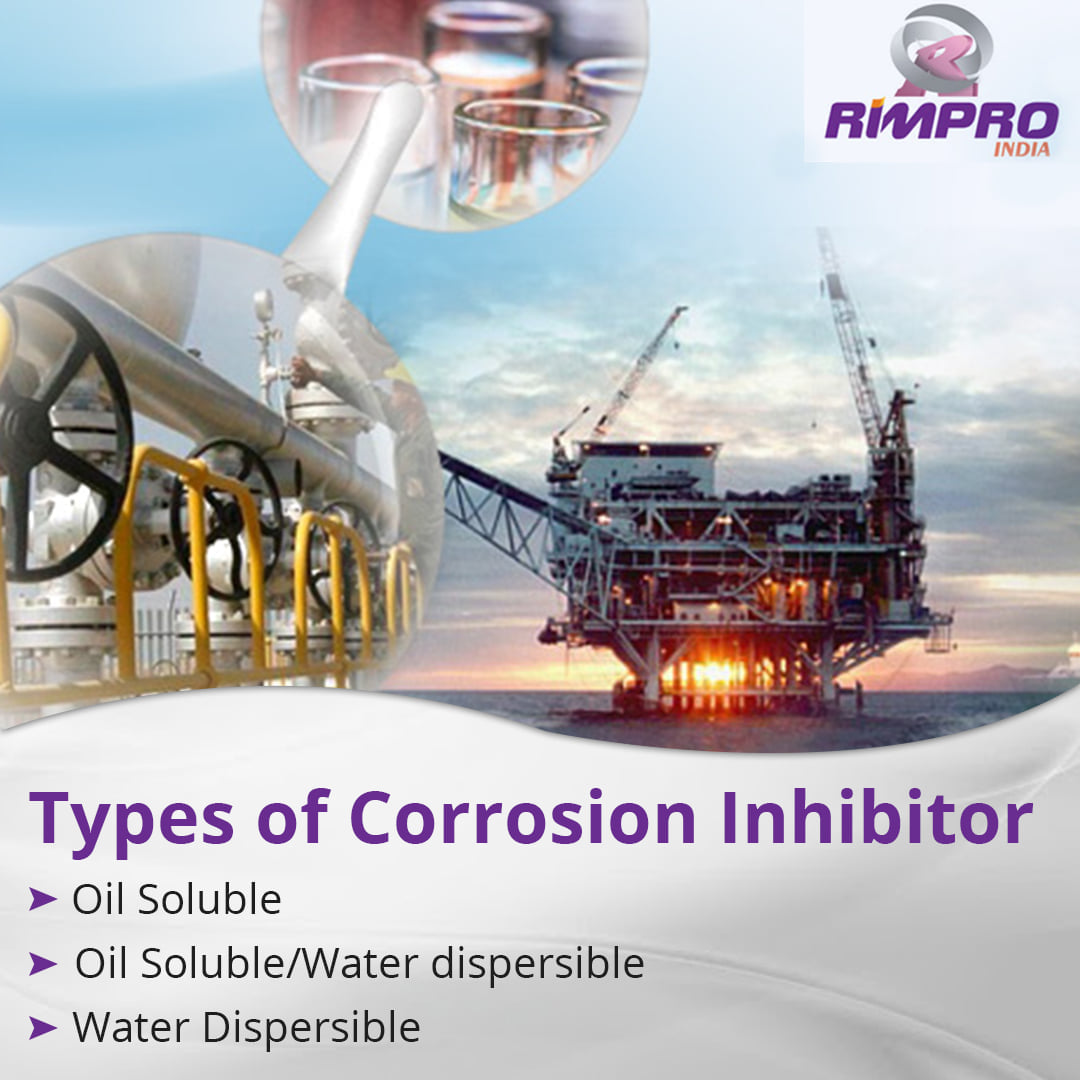 Menu
Menu
Corrosion Inhibitors Global Demand and Supply
If you're interested in the global corrosion inhibitors market, you've come to the right place. This article will give you a comprehensive overview of the industry, including an analysis of the pipeline, water, oil, and sewage treatment segments. This market analysis will help you assess the most attractive segments, the competition, and the opportunities for growth.
What is the Use of Corrosion Inhibitors and Why is its Market Growing?
Corrosion inhibitors are used to control the rusting of metal surfaces. These chemicals are applied to the metal's surface and help to reduce the cost of maintenance, equipment failures and production losses due to corrosion. These inhibitors are available in various forms and are used in different industrial processes.
These products can be used to protect a wide range of metals from corrosion. In addition to this, they also extend the life of the equipment and reduce the cost of maintenance. The global market for corrosion inhibitors is estimated to grow at a CAGR of 4.7% between 2022 and 2027. Increasing use of these chemicals is expected to boost the market's growth.
The market is segmented by application, product, corrosion type and by region. Rising investments in the power sector are driving the demand for corrosion inhibitors in the global market. These compounds are widely used in pumps, switches, and gas turbines. It is estimates that the total revenue of this industry will reach US$ 4 billion in 2020. The market is anticipated to experience the fastest growth in Asia-Pacific and Latin America. Various companies are working together to develop innovative treatment technologies.
The market for corrosion inhibitors in this region is expected to experience the highest growth in the coming years. The growing construction industry and oil & gas industry will drive the market's growth. Moreover, rising environmental concerns and increased adoption of chemically treated water are also contributing to the market's growth.

Global Corrosion Inhibitors Market Growth Rate
The global corrosion inhibitors market is projected to grow at a 4.58% CAGR over the forecast period. The key driving forces are growth in the power generation, chemical, and oil & gas industries. The growing use of water treatment chemicals, particularly in the Asia-Pacific region, will also boost the market.
The corrosion inhibitors market is divided into two segments based on the type. These are organic and inorganic. The organic segment is expected to grow at a 4.58% CAGR during the forecast period, while the inorganic segment is expected to grow at a 4.3% CAGR.
The oil and gas segment are the fastest growing segment of the corrosion inhibitors market. The global oil and gas industry has substantial demand for equipment and subsea vessels. There is a need for constant maintenance and repair of these assets.
The Asia-Pacific region is the largest market for corrosion inhibitors. This region is expected to maintain its dominance throughout the forecast period. The growing population and industrialization in this region will increase the demand for water treatment chemicals.
Europe is another key market for corrosion inhibitors. The region uses large amounts of corrosion inhibitors for petrochemical and industrial production.
Moreover, the increasing number of oil & gas projects has contributed to the rising demand for organic corrosion inhibitors. The market for organic corrosion inhibitors is expected to expand at a 4.58% CAGR over 2028.
The corrosion inhibitors market is characterized by numerous product innovations. These innovations include product launches and technological advancements. This has led to a rise in the presence of small businesses in the market.

What is the Use of Corrosion Inhibitors in Sewage Treatment Segment?
Corrosion inhibitors are an important type of wastewater treatment chemicals. These are chemicals that are used to treat sewage and prevent the degradation of metals. In the oil and gas industry, inorganic corrosion inhibitors are used extensively. These substances are applied to protect pipes, pipelines, and vessels from rusting.
These chemical compounds are used in several end-use industries. Among them, the pulp & paper, power, and municipal sectors hold the largest share. Increasing industrialization and population growth are driving demand for these products.
Moreover, stringent government regulations are also expected to boost the water treatment sector in the near future. These include Water Framework Directive (WFD) that protects surface waters, ensuring that they are free of human activity and in good chemical condition. These regulations are especially prevalent in developed nations. The US Environmental Protection Agency is responsible for monitoring water pollution from various sources.
Furthermore, growing industrialization in emerging economies is expected to have a positive impact on the market. These nations are also investing in R&D efforts to enhance wastewater treatment. In the long term, these investments are expected to drive the water and wastewater treatment market.
Similarly, increasing concerns over the environment are also expected to drive the market. This is especially true in the U.S. and Brazil. The global spending on infrastructure is expected to reach USD 94 trillion by 2040. In addition, an additional USD 3.4 trillion is required to meet the Sustainable Development Goals of electricity and water.
The global corrosion inhibitors market is projected to reach US$ 509.3 million in 2022. The industrial segment will continue to lead the market in terms of demand. This is mainly attributed to increasing use of large amounts of water in manufacturing processes.

Pipeline Corrosion Inhibition Segment
Corrosion inhibitors are used to prevent the corrosion of metal parts and pipes. They are also used in water treatment. The oil and gas industries use them to prevent corrosion in their pipelines. They are also used in process additives, product activities and in many other end user industries.
The global market for corrosion inhibitors is projected to grow significantly during the forecast period. Growth is fuelled by the increasing demand for power generation and increased investment in industrial machinery and parts.
According to a reliable source, the global market for corrosion inhibitors is divided by type and application. By end user, the industry is split into oil and gas, pipeline, sewage treatment, paint & coating, and power generation.
Oil and gas are expected to be the fastest growing segment. This is due to the increasing demand for energy and the need for corrosion inhibition in the oil and gas industry. The oil and gas segment are faced with extreme climatic conditions. Besides, the industry faces the high risk of material failure and has to use exotic materials.
Moreover, internal corrosion problems are increasing in petrochemical plants, refineries, and pipelines. These challenges are a major threat to the production of oil and gas. The internal corrosion of a pipe is the primary cause of a critical downtime.
The global market for corrosion inhibitors will also be driven by the rising number of oil and gas projects and rising investment in the power generation sector. The growing use of renewable energy sources is also expected to drive the market.
Corrosion Inhibitors Market Attractiveness Analysis
Corrosion inhibitors are chemicals used to prevent or reduce the corrosive impact of water on metal components. These inhibitors are used in various industrial processes such as oil and gas production, metal processing, and water treatment.
The global market for corrosion inhibitors is expected to grow over the next five years. It is driven by increased investments in the power generation industry. It is also driven by the increasing demand for clean water and energy.
Asia-Pacific is the largest region in the global corrosion inhibitors market. This is due to the high economic growth in emerging countries. This region is expected to continue to exhibit rapid industrialization and surging urbanization. Economies such as China, India, and Brazil are expected to experience substantial gains over the forecast period.
The region is also predicted to have high growth rates in the water treatment industry. The overall cost of treating water increases with the maintenance of less efficient machinery. The replacement of corroded machinery is also a major driver for the overall cost.
The region is also expected to see a significant increase in the chemical processing industry. This industry has been affected by several factors, including material unavailability and logistical restrictions.
In Conclusion
The oil & gas industry is a key factor driving the global corrosion inhibitors market. Oil and gas industries continuously deal with highly corrosive environments, such as hydrogen sulphide, oxygen, and carbon dioxide. By using corrosion inhibitors, they can avoid frequent repair and reduce financial losses. Hence, this sector will remain a key contributor to the growth of the global corrosion inhibitors market.
